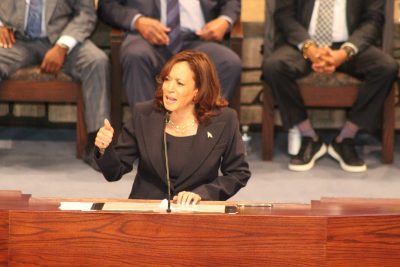 This week, the U.S. Bureau of Labor Statistics reported some interesting findings in its 2010: American Time Use Survey (ATUS). The survey data include the average amount of time per day in 2010 that individuals worked, did household activities and engaged in leisure and sports activities.
This week, the U.S. Bureau of Labor Statistics reported some interesting findings in its 2010: American Time Use Survey (ATUS). The survey data include the average amount of time per day in 2010 that individuals worked, did household activities and engaged in leisure and sports activities.
Data collection for the survey started in January 2003 with sample cases for the survey selected monthly and interviews conducted continuously throughout the year. This resulted in interviews of approximately 13,200 individuals.
The analysis was broken down by type of activity, week and weekend hours and by gender, race and age. General findings, for example, note that on the days that they worked, employed men worked 41 minutes more than employed women; 84 percent of women and 67 percent of men spent time doing household activities such as housework, cooking, lawn care or financial and other household management; and, on an average day, nearly everyone at least 15 engaged in some sort of leisure activity, such as watching TV, socializing or exercising. Of those who engaged in leisure activities, men spent more time in these activities (5.8 hours) than women (5.1 hours).
What was interesting were the breakdowns by race and etthnicity. African American women 15 years of age and older spent an average of 10.26 hours per day on personal care activities compared to 9.59 and 9.96 for white and Hispanic women. Also African Americans spent 5.61 hours per day doing all leisure and sporting activities compared to 5.14 hours for whites and 4.89 for Hispanics.
African Americans also watch more television daily (3.18 hours) than Hispanics (2.50 hours) and whites (2.45 hours). Even with all of this, the most startling revelation was the amount of time spent reading. The amount ot time spent leisure-reading among young minorities is significantly lower than that of whites. The study noted that blacks or African Americans spent about 17 minutes a day reading for leisure during the week and 18 minutes on the weekends. On the other hand, whites spent 31 and 37 minutes reading during the week and on weekends, respectively.
In simple terms, African Americans do not read much as a form of leisure activity. This may be why there is a disparity in academic performance among African Americans from the time they start primary school until college – if they make it that far. The fact is that there is a strong correlation between low literacy levels and crime. In fact, states around the nation, including our largest such as California and Texas, project inmate population based on the proportion of children who do not perform at grade level in the fourth grade.
Approximately 70 percent of current US inmates are on the lowest levels of reading in both ability and comprehension. Yes, reading is important, but it’s hard to promote it when education is not considered as valuable as celebrity and pop culture. –torrance t. stephens, ph.d.















